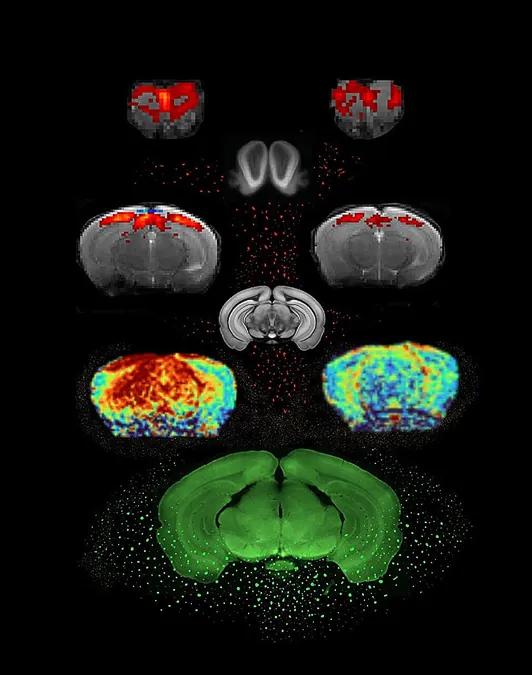
Breakthrough Brain Scan Could Revolutionize Early Detection of Parkinson’s Disease
2025-05-08
Author: Siti
Revolutionary Findings from the Champalimaud Foundation
In a groundbreaking study, researchers at the Champalimaud Foundation (CF) have unveiled a potential method for diagnosing Parkinson’s disease (PD) years before patients exhibit severe symptoms. Using advanced functional magnetic resonance imaging (fMRI), this research could change the landscape of early detection and treatment.
Unmasking Early Signs of Parkinson’s
Previous studies have hinted that individuals in the early stages of PD may experience a loss of smell long before motor symptoms manifest. This olfactory decline can occur 5 to 10 years ahead of the classic signs like tremors and rigidity. However, the relationship between this sensory loss and PD remained largely unexamined.
What’s more intriguing is that people on this path to PD may also struggle with visual impairments. The research team, including Noam Shemesh from CF and Tiago Outeiro from the University Medical Center Göttingen, proposes that these dual sensory deficiencies could serve as robust biomarkers for early PD diagnosis.
Next-Gen MRI Technology Takes Charge
The researchers utilized an ultra-high field MRI scanner operating at 9.4 Tesla, which far surpasses the typical 3 Tesla machines used in medical settings. This innovative technology allowed them to capture detailed images of the mouse brain, specifically to analyze the activity of neurons in mice that exhibited the human form of the alpha-synuclein protein, known to accumulate in PD.
These specialized mice demonstrated not only a reduced sense of smell but also potential visual deficits, providing a perfect model for testing the theory.
Deciphering Brain Activity in Parkinson's Models
The key to the study was comparing the brain activity of PD-afflicted mice with that of their unaffected siblings through fMRI. The results were startling; while control mice showed normal activity, those with the condition exhibited significantly reduced brain responses.
Understanding these neural signals was complex, as fMRI measures both neural activity and vascular responses. By employing additional techniques, the researchers dissected these effects, proving that impaired neuronal activity was indeed the primary concern.
Promising Pathways for Future Research
The findings suggest that assessing both olfactory and visual impairments can pave the way for identifying early imaging biomarkers for PD. Shemesh asserts, “If we can replicate these results in humans reporting similar sensory losses, we may uncover a more profound issue within their neural circuits.”
This pioneering work highlights the potential for non-invasive diagnostic techniques that are easy to perform, bringing hope for earlier interventions in Parkinson’s disease.
What Lies Ahead for Parkinson's Research?
As researchers continue to explore these multisensory defects, it can potentially lead to earlier diagnoses and better treatment strategies. Shemesh emphasizes that this initial study opens the door for future investigations that might help detect the early stages of PD and pinpoint more effective therapies.
This discovery not only adds to our understanding of Parkinson’s but also imbues a sense of urgency for further research, providing a beacon of hope for those at risk.


 Brasil (PT)
Brasil (PT)
 Canada (EN)
Canada (EN)
 Chile (ES)
Chile (ES)
 Česko (CS)
Česko (CS)
 대한민국 (KO)
대한민국 (KO)
 España (ES)
España (ES)
 France (FR)
France (FR)
 Hong Kong (EN)
Hong Kong (EN)
 Italia (IT)
Italia (IT)
 日本 (JA)
日本 (JA)
 Magyarország (HU)
Magyarország (HU)
 Norge (NO)
Norge (NO)
 Polska (PL)
Polska (PL)
 Schweiz (DE)
Schweiz (DE)
 Singapore (EN)
Singapore (EN)
 Sverige (SV)
Sverige (SV)
 Suomi (FI)
Suomi (FI)
 Türkiye (TR)
Türkiye (TR)
 الإمارات العربية المتحدة (AR)
الإمارات العربية المتحدة (AR)